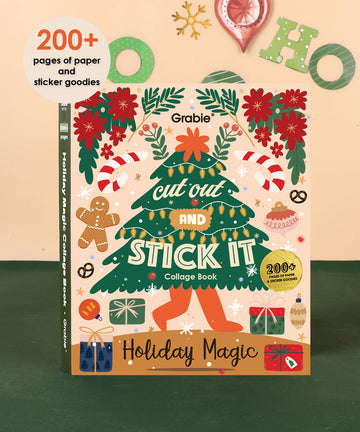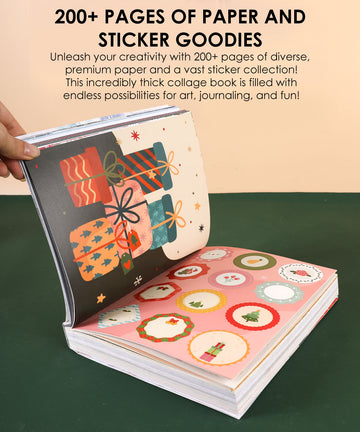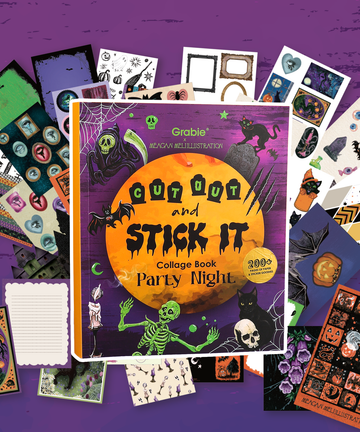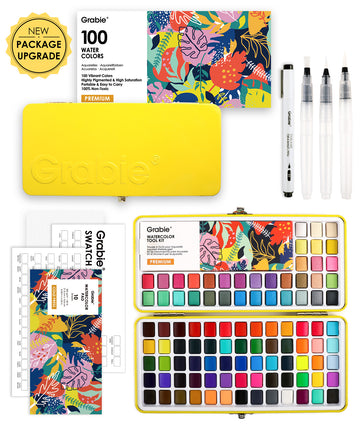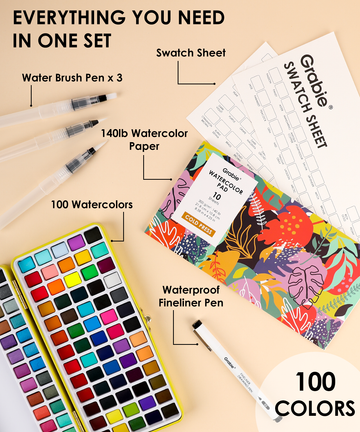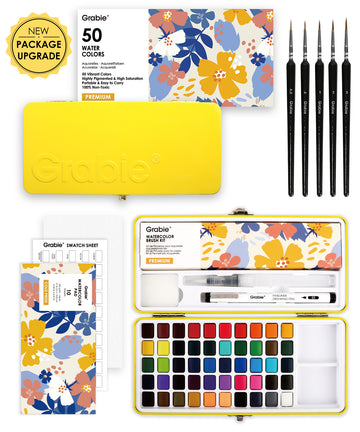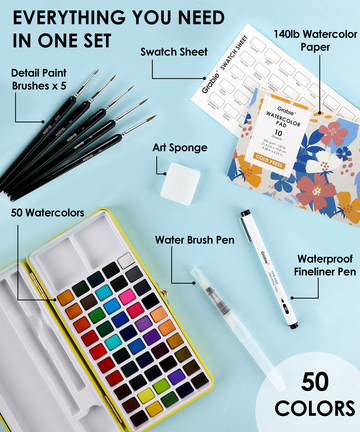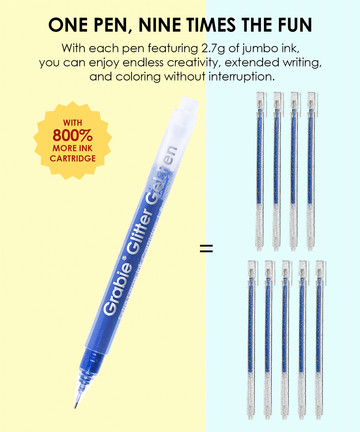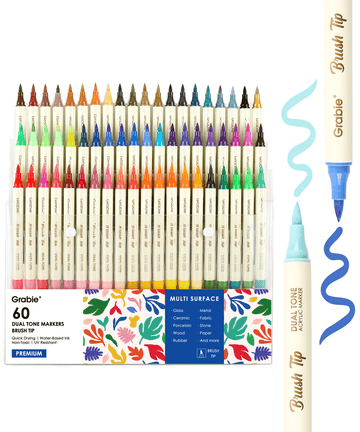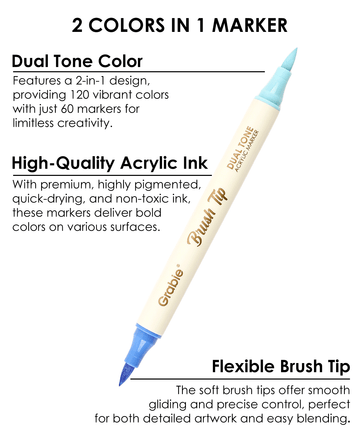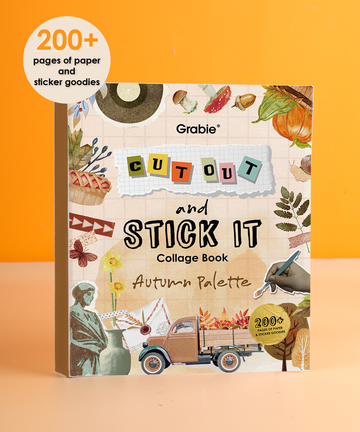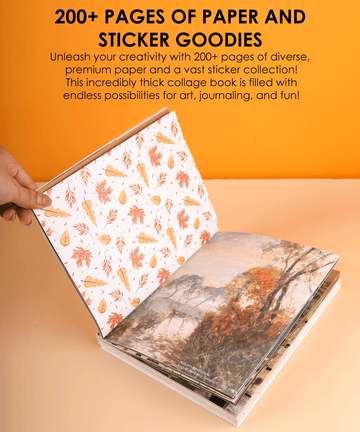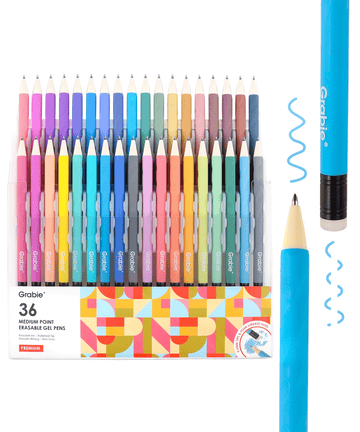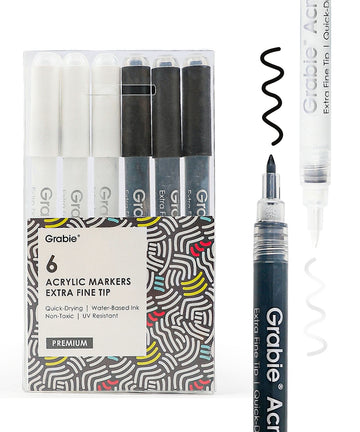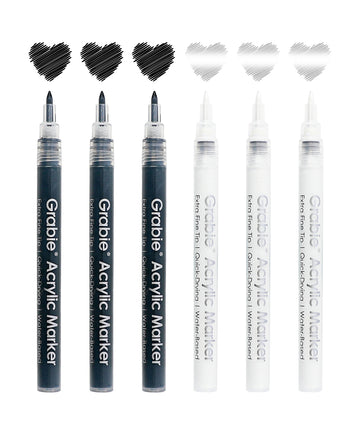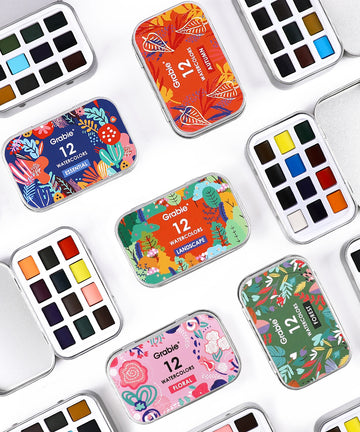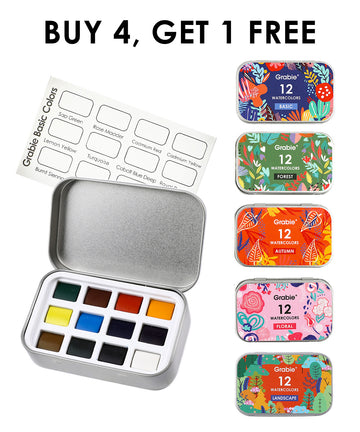Mastering Watercolor Magic: Wet-on-Wet, Wet-on-Dry & Essential Techniques for Breathtaking Art
Watercolor’s fluidity and unpredictability make it uniquely captivating—yet mastering control over water and pigment transforms chaos into artistry. Whether you’re painting misty mountains or delicate florals, understanding core techniques like wet-on-wet and wet-on-dry unlocks endless creative possibilities. Here’s your comprehensive guide to these methods and beyond, tailored for beginners and seasoned artists alike.
Core Techniques: The Foundation of Watercolor
💧 1. Wet-on-Wet: Embracing Fluidity
What it is: Applying paint to pre-wetted paper. Colors bloom, blend, and create soft, ethereal transitions.
Best for: Skies, water reflections, atmospheric backgrounds, and dreamy washes.
Pro Tips: Use 140lb+ cold-press paper.
Granulation Effects: Pigments like Daniel Smith’s Shadow Violet or True Green Apatite create gritty, natural textures when dispersed in water.
🖌️ 2. Wet-on-Dry: Precision & Control
What it is: Painting with a loaded brush onto dry paper. Sharp edges and vivid details shine.
Best for: Architecture, botanical details, and crisp foreground elements.
Pro Tips: Layer colors gradually ("glazing") to build depth without muddying hues.
Ideal for synthetic paper (e.g., Yupo), where pigments sit on the surface for easy lifting and corrections.
✨ Beyond Basics: 5 Advanced Techniques to Elevate Your Art
Dry Brush Texturing
Drag a lightly damp brush over dry paper to create rough textures (e.g., tree bark, rocks). Use coarse-grained paper for enhanced effects.
Lifting & Correcting
Blot wet paint with a sponge or tissue to "erase" mistakes or create highlights (e.g., clouds, water foam).
Negative Painting
Paint around shapes (e.g., leaves, petals) to define them through contrast. Essential for botanical art.
Salt & Alcohol Effects
Sprinkle salt on wet paint for starburst textures, or dab alcohol for blooming "cauliflowers"—perfect for starry skies or moss.
Monochrome Studies
Practice tonal values using one pigment. Builds confidence in light/shadow before tackling color.
🌟 Beginner-Friendly Project Ideas
-
Dry Brush Texturing:
Drag a lightly damp brush over dry paper to create bark, rocks, or weathered surfaces. -
Lifting & Correcting:
Blot wet paint with a sponge or tissue to "erase" mistakes or craft highlights like clouds. -
Salt & Alcohol Magic:
Sprinkle salt on wet paint for starburst textures, or dab alcohol for "cauliflower" blooms—ideal for starry skies or moss. -
Negative Painting:
Define shapes (e.g., leaves) by painting around them, creating contrast and depth. -
Masking Fluid Resist:
Preserve whites by applying masking fluid before washes—essential for intricate designs.
Essential Supplies: Building Your Toolkit
Paper: Cold-press (versatile texture) for landscapes; hot-press (smooth) for details; synthetic paper for experimental effects.
Brushes: Round #6–8 (all-purpose), mop brush (washes), and a rigger for fine lines.
Paints: Professional-grade pigments (e.g., high-pigment metallic watercolor paint) ensure vibrancy and lightfastness.
Why Grabie Sets Elevate Your Technique Practice
While skill is paramount, quality tools remove barriers. Grabie’s range supports every technique:
100 artist-grade shades (35 metallics, 10 macarons, 5 fluorescents) simplify complex mixes.
All-in-one kit (brushes, sponge, swatch sheet)—no extra watercolor painting supplies needed.
Beginner-friendly: Crack-resistant pans and smooth dilution.
Foldable Watercolor Set of 56:
Clever sliding design with 56 chromatic pans (10 metallics, 10 macarons).
Ultra-portable: A best watercolor travel set for plein air.
168-Color Set with Coloring Book:
168 shades + 100% cotton paper book—ideal for texture experiments.
Includes tools: Water brushes, sponge, pencil.
Watercolor Set of 50 with Multifunctional Tin:
Tin doubles as palette—perfect for outdoor blending.
Non-toxic & travel-ready: Conforms to ASTM safety standards.
Double-sized pans (equivalent to 2 full pans)—long-lasting for large washes.
Fine Italian pigments: Brilliance and transparency


